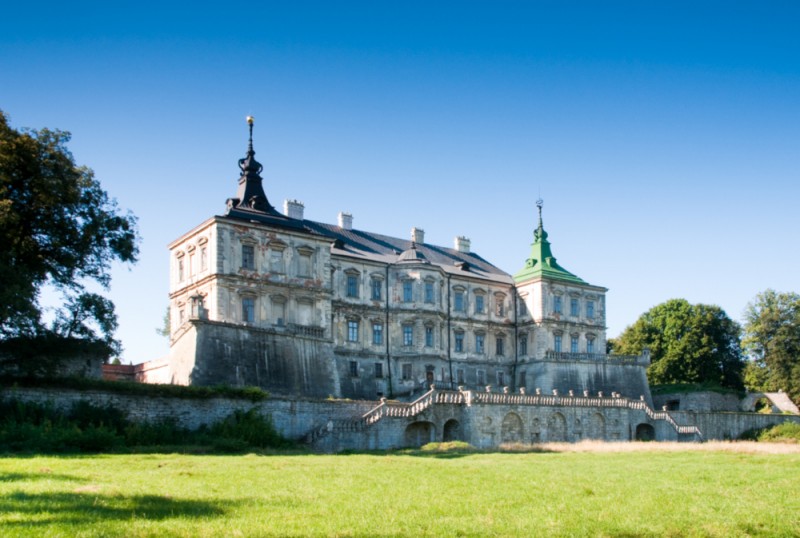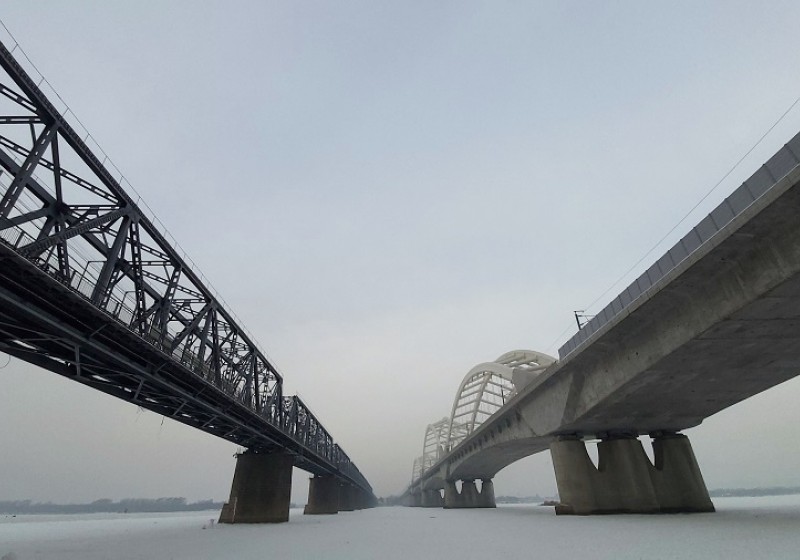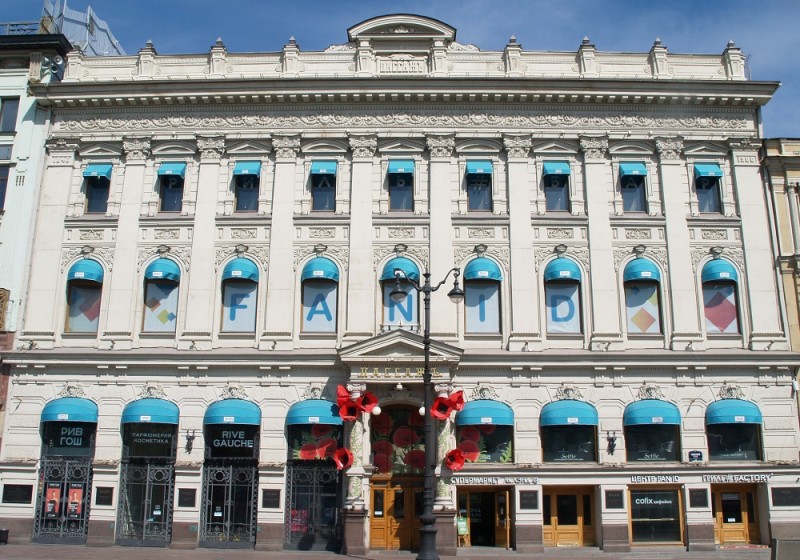The Palace in Podhorce (Pidhirtsi in Ukraine)
The palace in Podhorce (now Pidhirtsi in Ukraine) is one of the most impressive residences of the Polish aristocracy located on the eastern lands of the former Polish-Lithuanian Commonwealth. Over the centuries it was the seat of the Koniecpolski, Sobieski, Rzewuski and Sanguszko families, who managed to assemble a large collection of Polish works of art, which are now scattered among several institutions around the world. The palace in Podhorce has been put on the World Monuments Watch as one of the most valuable monuments in the world threatened with destruction.
The palace in Podhorce is located less than 100 km east of Lviv, in the vicinity of the picturesque Woroniaki hills and the upper Styr River and Bug River valleys. This magnificent aristocratic residence was designed by Andrea dell'Aqua as a palazzo in fortezza, a palace with defensive features. In its heyday it was an example of high quality architecture and ornamentation, complemented with rich art and armor collections. The interiors featured marble floors, fireplaces, tiled stoves, ornamental paneling and carved stucco. The chambers were decorated with works by painter Jan de Baan and stucco artist Giovanni Battista Falconi.
The residence was erected in the second half of the 1630s for Crown Grand Hetman Stanisław Koniecpolski and belonged to the family for three generations. It was extended after the Tatar invasions in 1648 and 1651 by his son Aleksander Koniecpolski, who bequeathed the estate to the Sobieski family. For nearly three decades in the second half of the 18th century Podhorce was the seat of Crown Grand Hetman Wacław Rzewuski, who contributed to the expansion of the estate by adding the second floor and erecting a church. In 1865 the palace became the property of the Sanguszko family. During the times of the Rzewuski and Sanguszko families a large collection of paintings and military items (including several dozen of the Polish Hussars armor) was built up there.
The collection was evacuated by the owners during the First World War. The most valuable part of the collection was once again evacuated in 1939 and after numerous troubles found itself in Brazil, together with the last owner of Podhorce, Father Roman Sanguszko. Since World War II there has been gradual devastation of this unique monument. The Soviet authorities used the palace as a hospital, and in 1956 a large fire destroyed the interiors and was the ruin of the building.
The former collections are now scattered in several institutions, mainly the Lviv National Art Gallery, the Tarnów Museum and the Wawel Royal Castle. The palace and park in Podhorce is a branch of the Borys Woznyckij Lviv National Art Gallery, and is listed at World Monuments Watch as one of the most valuable monuments in the world threatened with destruction.



